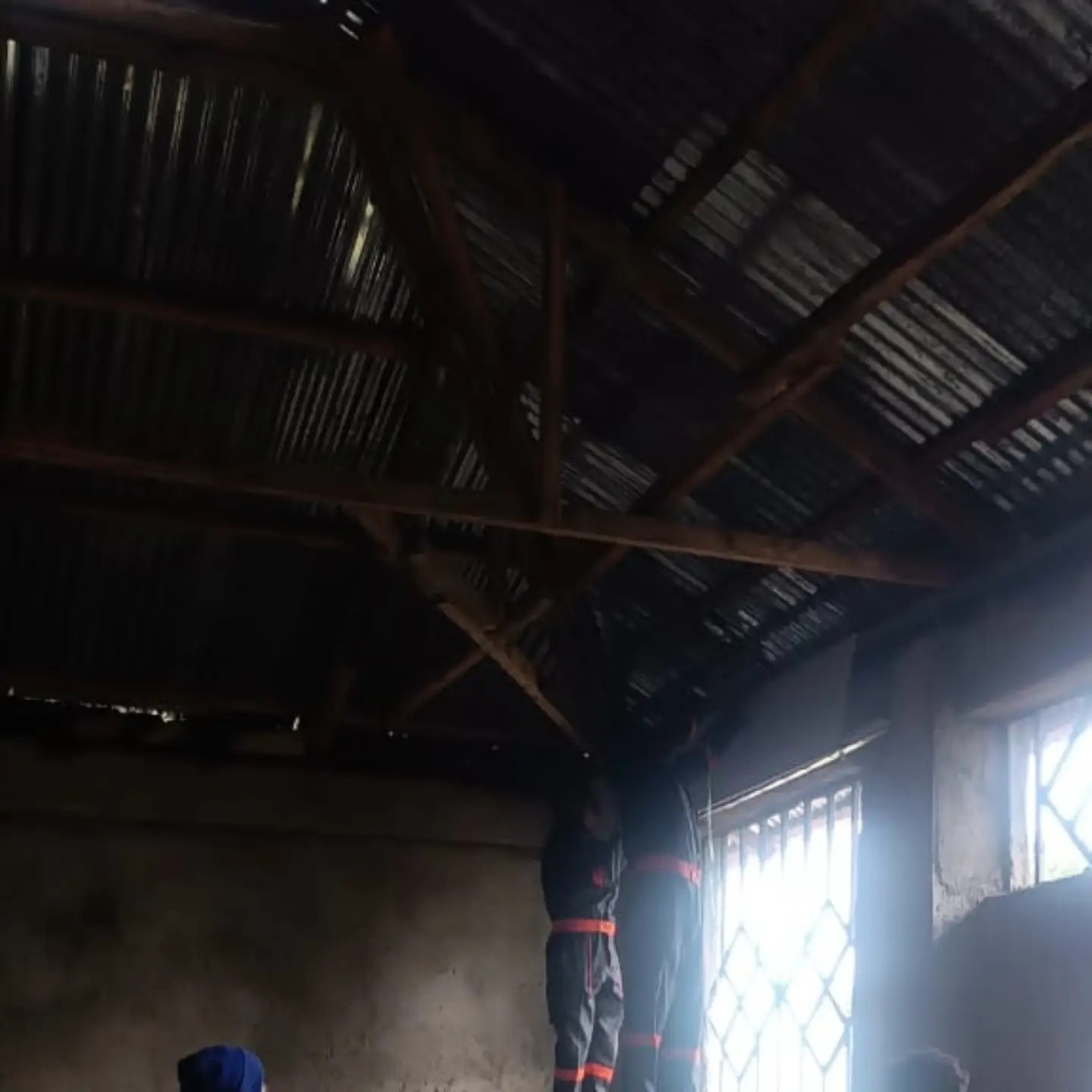**1. Compromised Structural Integrity
One of the most critical concerns with a rusty ceiling is the potential compromise to the structural integrity of your home. Rust weakens metal supports and fastenings, which can lead to sagging, cracking, or even collapse of the ceiling. Ensuring the structural strength of your ceiling is essential for the overall safety of your home.
**2. Increased Repair Costs
Ignoring a rusty ceiling can lead to more extensive damage over time, resulting in higher repair costs. What may start as a small, localized issue can evolve into a larger problem if moisture continues to seep into the ceiling. Addressing rust early can help prevent more significant damage and reduce overall repair expenses.
**3. Impact on Aesthetics
A rusty ceiling can be an eyesore and detract from the overall aesthetic appeal of your space. Rust stains and discoloration can make a room look neglected and unkempt. By addressing the issue promptly, you can maintain the visual appeal of your home and ensure that your living spaces are both attractive and welcoming.
**4. Health Concerns
Rust and moisture can contribute to the growth of mold and mildew, which can pose health risks to the occupants of your home. Mold spores can cause respiratory issues, allergies, and other health problems. By managing a rusty ceiling effectively, you can help prevent mold growth and maintain a healthier indoor environment.
**5. Energy Efficiency
A rusty ceiling can affect the insulation and energy efficiency of your home. Rust can indicate that moisture is penetrating the ceiling, potentially compromising insulation materials and leading to increased heating and cooling costs. Ensuring that your ceiling is in good condition helps maintain proper insulation and energy efficiency.
